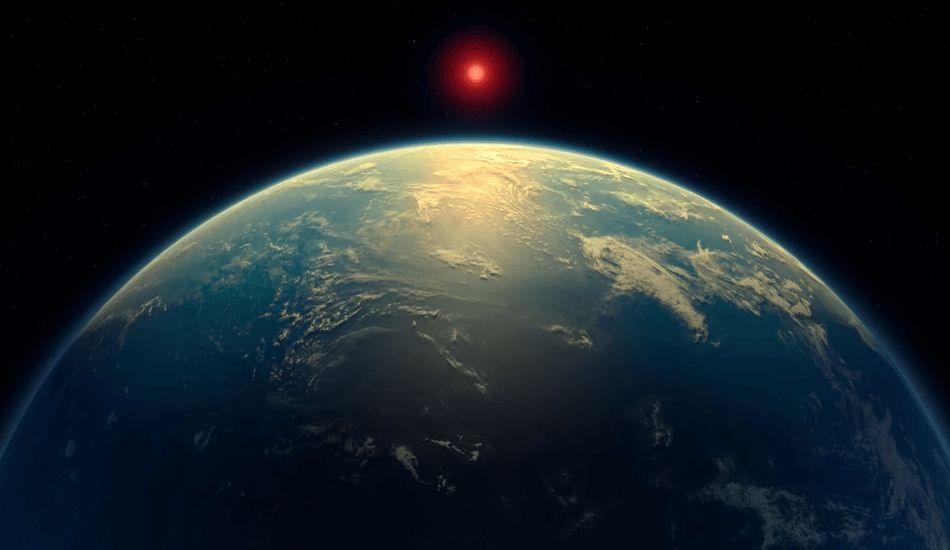
Signs of Potential Life Detected on Exoplanet K2-18b
Exciting news from the world of astronomy! Scientists may have found the most promising signs yet of extraterrestrial life on a distant planet. Using the powerful James Webb Space Telescope, researchers have detected potential biosignatures in the atmosphere of K2-18b, an exoplanet located 124 light-years away within its star's habitable zone.
The research team, led by the University of Cambridge, identified traces of dimethyl sulfide (DMS) and dimethyl disulfide (DMDS). On Earth, these compounds are exclusively produced by microbial life, such as phytoplankton in our oceans. This discovery has ignited a wave of enthusiasm within the scientific community.
While scientists acknowledge the possibility of these substances being produced by unknown, non-biological chemical processes on K2-18b, they emphasize that this is the strongest evidence to date for possible life on another planet. The findings have been published in The Astrophysical Journal Letters.
K2-18b: A Promising Hycean World
K2-18b is a significant exoplanet, possessing 8.6 times the mass and nearly three times the size of Earth. Located in the constellation Leo, it orbits a cool, small red dwarf star. Despite its close proximity to its star (completing an orbit in just 33 days), the red dwarf's low temperature places K2-18b within a region that could theoretically support liquid water on its surface.
This exoplanet is a leading candidate for a Hycean planet – a theoretical class of planets characterized by vast liquid oceans and hydrogen-rich atmospheres. Astrobiologists believe that finding a Hycean planet would significantly increase the chances of discovering life beyond Earth.
This isn't the first time K2-18b has piqued the interest of astronomers. In 2023, the same research team discovered methane and carbon dioxide in its atmosphere, marking the first detection of carbon-based molecules on a planet within a habitable zone. At that time, they also identified signals that hinted at the presence of dimethyl sulfide, prompting further investigation.
Nikku Madhusudhan, the lead scientist of the research, stated that previous theoretical work predicted the possibility of high levels of sulfur-based gases like DMS and DMDS on Hycean worlds. This recent observation aligns with these predictions, strengthening the case for K2-18b as a Hycean world potentially teeming with life.
Source: Wired